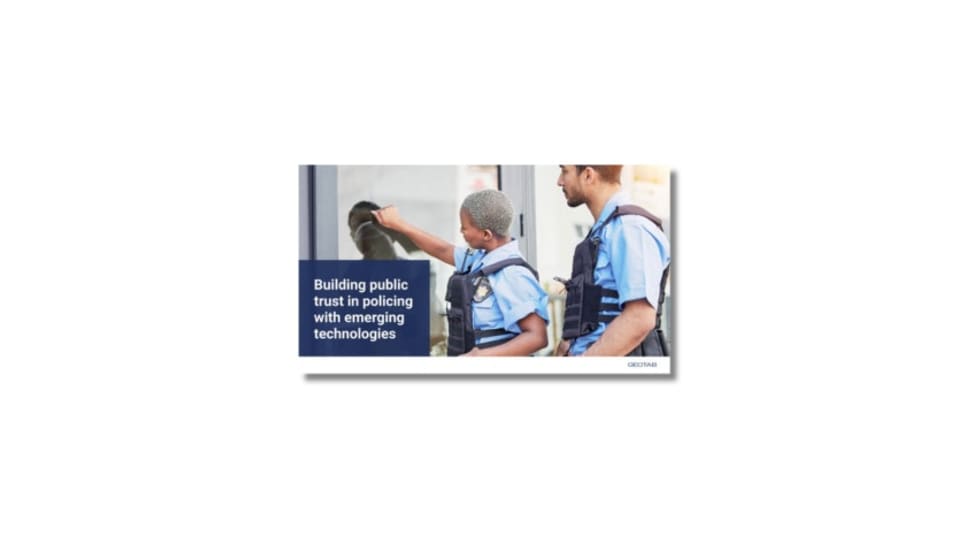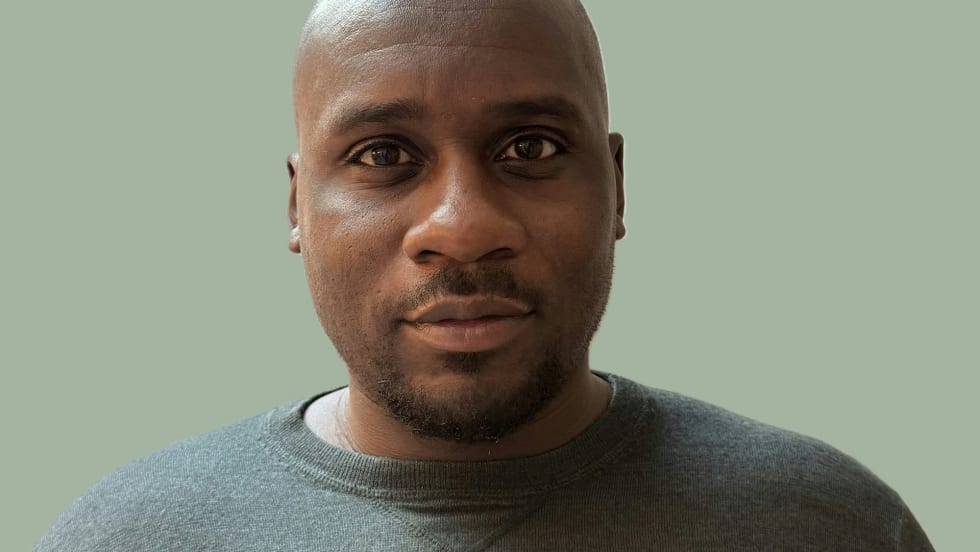Lt. Muth told POLICE, "The key to successful extradition of someone who has fled the country, is the cooperation of the prosecuting attorney's office." In order to issue a Fugitive Diffusion or Red Notice, there must be an arrest warrant and the offense must carry more than a year's imprisonment. The prosecutor must prepare the extradition request within a specified time period and pay any associated costs.
INTERPOL's Red Notices have contributed to the apprehension of many of the world's most wanted. Thang Thanh Nguyen was captured in December 1997, after six years of an intensive manhunt involving virtually every level of foreign and domestic law enforcement. In January 1998, FBI Director Louis J. Freeh hailed Nguyen's capture as an exceptional example of international cooperation against violent crime. Among the agencies commended were the Monroe County District Attorney's Office, the Irondequoit Police Department in New York, and the FBI's Buffalo Field Division.
Nguyen was wanted for the murder of a New York restaurant owner. A federal arrest warrant was issued in 1992, based upon a local arrest warrant issued by the Monroe County District Attorney's Office, which had obtained a grand jury indictment, charging Nguyen with murder. In August 1996, the FBI named Nguyen to its list of "Ten Most Wanted Fugitives." The FBI suspected that Nguyen had fled to his native country of Vietnam. The Legal Attache' Office in Bangkok worked closely with the Vietnamese authorities, resulting in the arrest of Nguyen. On Jan. 6, 1998, FBI agents escorted Nguyen back to Rochester, N.Y.
The Financial Fraud Investigative Division
This division, governed by Assistant Chief James Lacey, focuses on financial crimes, such as bank fraud, computer and credit card fraud and counterfeiting of U.S. obligations. The Fraud Division also handles child abuse/pornography cases, customs and smuggling violations, document fraud, embezzlement, postal Climes, security and tax fraud, environmental crimes, and violation of endangered species.










